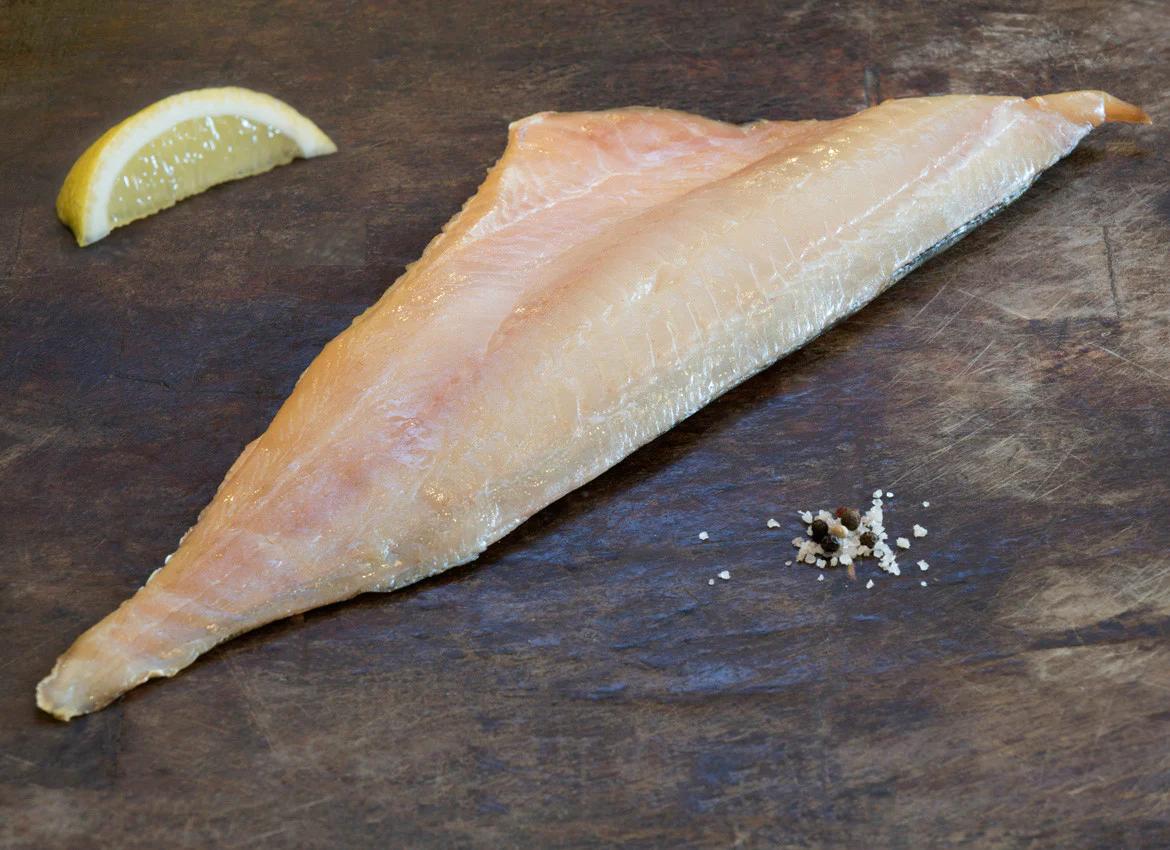When it comes to smoked haddock, you may have come across the terms dyed and undyed and wondered what exactly they mean. In this article, we will delve into the difference between dyed and undyed smoked haddock, shedding light on their characteristics and purposes.
What is Dyed Smoked Haddock?
Dyed smoked haddock refers to the process of adding a yellow dye to the fish during the smoking process. The purpose of this dye is primarily aesthetic, as it gives the fish a vibrant and eye-catching appearance. The yellow color is often associated with traditional smoked haddock and is commonly seen in dishes such as the famous British dish, smoked haddock and poached eggs.
While the yellow dye does not affect the taste or texture of the fish, it has become a distinguishing feature for those who prefer the traditional appearance of smoked haddock. The dye is safe for consumption and is approved by food regulatory authorities.
Undyed Smoked Haddock: A Natural Alternative
Undyed smoked haddock, on the other hand, does not undergo the dyeing process. This means that the fish retains its natural color, which is a pale creamy white. Undyed smoked haddock is favored by those who prefer a more authentic and natural appearance.
One of the main reasons why some people opt for undyed smoked haddock is the desire to avoid artificial additives. By choosing undyed fish, they can be confident that they are consuming a product that has not been altered in any way during the smoking process.
The Smoking Process and Flavor
Whether dyed or undyed, smoked haddock goes through a similar smoking process. The fish is first cured with salt and then smoked over wood chips, typically oak, to impart a distinct smoky flavor. This process not only adds flavor but also helps to preserve the fish.
The smoky flavor of haddock is highly sought after and pairs well with various ingredients and dishes. It adds depth and complexity to recipes, making it a versatile ingredient in both traditional and modern cuisine.

Is the Dyeing Process Unique to Smoked Haddock?
The process of dyeing smoked haddock is specific to this particular fish and is not commonly practiced in other meats or food products. While there may be other foods that undergo color enhancement for aesthetic purposes, the practice is not widespread.
It is worth noting that the use of food dyes in general is regulated by food safety authorities to ensure they are safe for consumption. However, the specific use of yellow dye in smoked haddock is unique to this fish.
Is dyed haddock safe to eat?
Yes, dyed smoked haddock is safe to eat. The dyes used in the smoking process are approved by food regulatory authorities and do not pose any health risks.
Does the dye affect the taste of smoked haddock?
No, the dye used in smoked haddock does not affect the taste of the fish. The smoky flavor primarily comes from the smoking process itself, not the dye.
Can I use dyed and undyed smoked haddock interchangeably in recipes?
Yes, dyed and undyed smoked haddock can be used interchangeably in recipes. The main difference between the two is the appearance, so it ultimately comes down to personal preference.
In Conclusion
Smoked haddock, whether dyed or undyed, is a flavorful and versatile ingredient that adds a unique smoky taste to various dishes. The choice between dyed and undyed smoked haddock ultimately boils down to personal preference and the desire for a specific appearance. Both options are safe to consume and offer their own distinct qualities. So, whether you prefer the vibrant yellow hue or the natural creamy white, smoked haddock is sure to impress your taste buds.
If you want to know other articles similar to Exploring the difference: dyed vs undyed smoked haddock you can visit the Smoked haddock category.


Related Articles